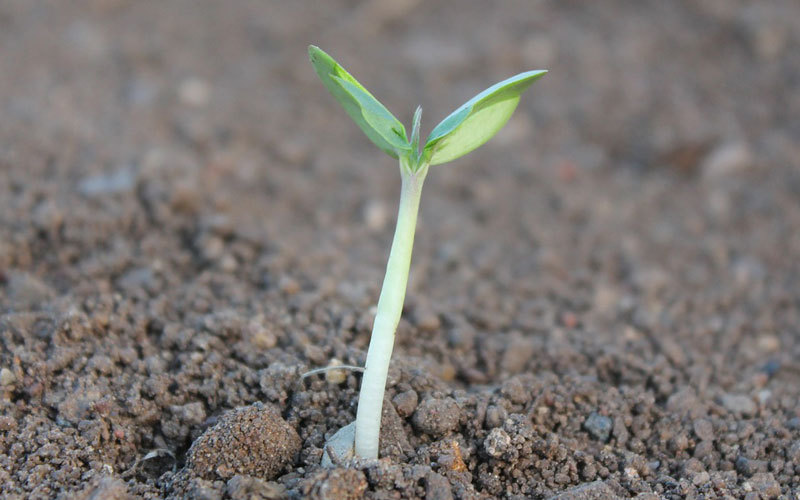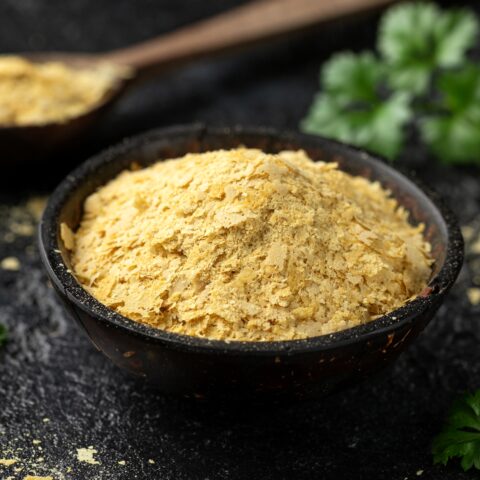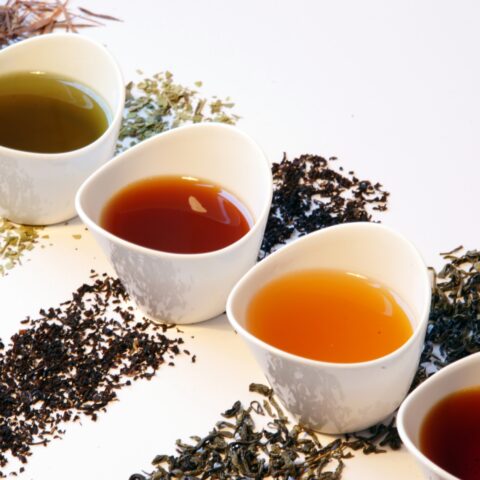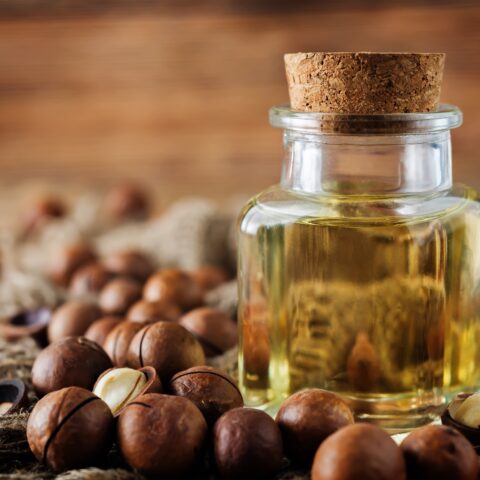Are Sprouted Grains Healthy?

Sprouted grains are a much healthier option than non-sprouted. Here’s why.
When we ‘sprout’ grains, we are allowing the seed to germinate and a shoot will emerge from the seed. This is the part that is cut off and eaten. Therefore, the seed itself is not actually consumed (as is the case with whole grains and wheat flours, where the seed proteins and starches are milled and eaten). Since lectins are packaged along with the seed to protect against predation, once the seed sprouts, the lectin concentration diminishes within a couple days. In a week’s time, the sprouts should have no residual lectins.
Gliadin and glutenin are the dominate proteins located in the endosperm of the seed. The starchy endosperm is located alongside the embryo (germ) within the seed, and provides nutrients the embryo needs as it is sprouting and growing. Therefore, there should be no gliadin or glutenin proteins in the sprout, but rather primarily non-digestible cellulous (dietary fiber).
You can eat sprouted grains and beans without fear of anti-nutrients. However, keep in mind that these are still nutritionally poor in terms of micronutrients. Leafy greens and other vegetables contribute high fiber AND a higher concentration of nutrients-grains are still ‘nutritional lightweights.
Important note: We can consume GRAIN sprouts without fear of anti-nutrients. However, legume sprouts still appear to contain considerable concentrations of saponins–the secondary compounds responsible for increasing gut permeability. Alfalfa sprouts (which are actually in the pea family) have an especially high concentration.
Loren Cordain, Ph.D.
As a professor at Colorado State University, Dr. Loren Cordain developed The Paleo Diet® through decades of research and collaboration with fellow scientists around the world.
More About The Author




